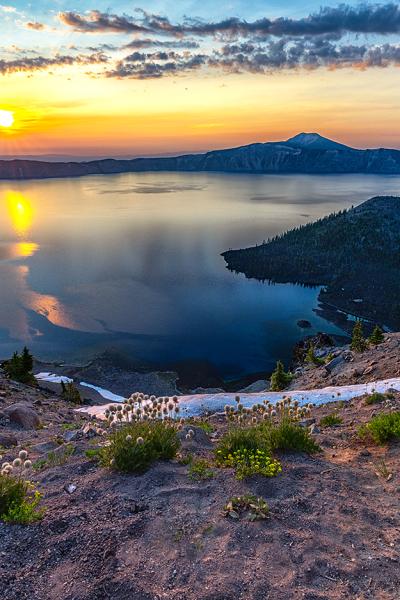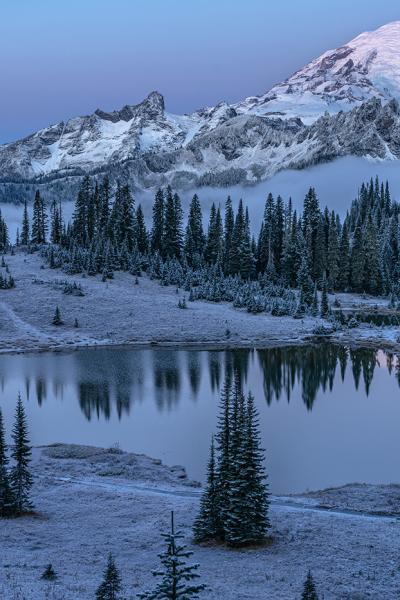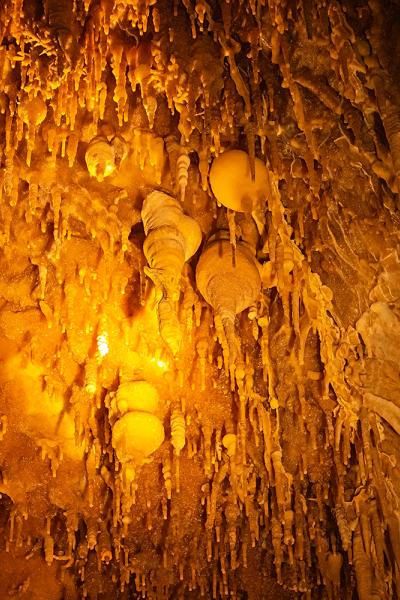National Parks Quiz And Trivia #50

- By Rebecca Latson - June 13th, 2022 4:00am
Help power the National Parks Traveler’s coverage of national parks and protected areas.



While not what it was originally named, Cape Disappointment was so named by British Captain John Meares after he failed to find the mouth of the Columbia River. Now a state park in Washington, Cape Disappointment is a popular location for photographing the dramatically high and picturesque waves produced by king tides. Perhaps the Corps of Discovery witnessed such an autumn sunrise with crashing waves during their mostly soggy stay along the Pacific Coast in Washington and Oregon, at the end of the Lewis and Clark National Historic Trail.


The eroded volcanic plug William Clark named Beacon Rock is now the main attraction at Washington's Beacon Rock State Park. A guardrailed and mostly-paved trail of 50+ switchbacks will take the intrepid hiker to the top of this approximately 848-foot basalt landmark for some awesome views of the surrounding land along the Lewis and Clark National Historic Trail, including the Columbia River.
In the autumn of 1805, while on the Columbia River, William Clark spotted this eroded volcanic plug and named it Beacon Rock. This is the area where he first noticed the tidal influence of the Pacific Ocean on the river. Given several monikers over time, the name "Beacon Rock" was finally restored and the land around and including this landmark was made into a Washington state park along the Lewis and Clark National Historic Trail.
One of the trails at Horsethief Butte leads the hiker around the basalt outcrop to a terminus with a panoramic view of the Columbia River, Oregon, and Washington state at Columbia Hills Historical State Park along the Lewis and Clark National Historic Trail.



The National Parks RVing Guide, aka the Essential RVing Guide To The National Parks, is the definitive guide for RVers seeking information on campgrounds in the National Park System where they can park their rigs. It's available for free for both iPhones and Android models.
This app is packed with RVing specific details on more than 250 campgrounds in more than 70 parks.
You'll also find stories about RVing in the parks, some tips if you've just recently turned into an RVer, and some planning suggestions. A bonus that wasn't in the previous eBook or PDF versions of this guide are feeds of Traveler content: you'll find our latest stories as well as our most recent podcasts just a click away.
So whether you have an iPhone or an Android, download this app and start exploring the campgrounds in the National Park System where you can park your rig.